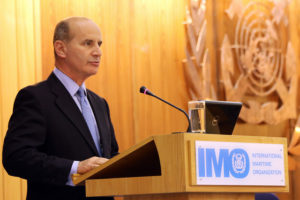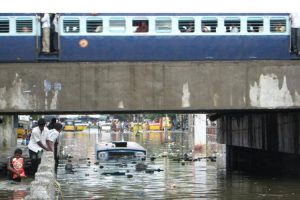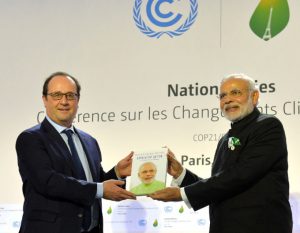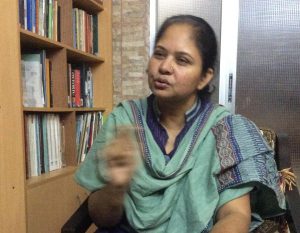One of the key worries that will be discussed in Paris, at the 2015 United Nations Climate Change Conference ― the twenty-first session of the Conference of the Parties (COP 21) – will be the expansion of drylands. A recent study published by Lanzhou University in China indicates that climate change will lead to ever-expanding drylands area. If global emissions continue to rise, the study estimated that dryland areas will cover 56% of the world’s land surface by 2100.
A key challenge in this scenario will be adaptation, and therefore the success stories coming out of the deserts of the Indian state of Rajasthan are that much more important. The Thar desert cover 60% of the area of the state (it spills over also into the Punjab and Sindh provinces of Pakistan) and the state faces water scarcity for 9 to 11 months in a year and frequent droughts (1 in 2.5 years). It is in this bleak landscape that women farmers are adopting new farming methods that have helped them deal with the impacts of climate change in the drylands and move out of poverty.
These efforts are part of the CGIAR Research Program on Dryland Systems, where work is underway in three states of India (Rajasthan, Andhra Pradesh and Karnataka) to empower farmers and local institutions to build resilient and sustainable farming systems that cope with the vagaries of current and future climate. Women leaders like Mani Devi and Rameshwari from the Derasar village in Rajasthan have pioneered the use of innovations such as the use of improved crop varieties – including pearl millet and other crops suited to the region, the planting of fruit trees to provide nutrition and income, constructing embankments to capture rainfall and prevent runoff and soil erosion, and the planting of grasses and fodder trees to provide fodder for cattle.
The planting of new crops is not enough though. The success of the programme hinges on the new institutional arrangements that have been implemented to enable communities to better manage common property resources such as common grazing lands. They have also formed women’s self-help groups to weigh and market livestock for higher income. To make this happen, these women farmers worked with a local community organisation, the Gramin Vikas Vigyan Samiti (the village development knowledge committee) and received scientific expertise from the International Crops Research Institute for the Semi-Arid Tropics (ICRISAT). Funding was provided by the CGIAR Research Program on Dryland Systems.
“The strategy takes women’s needs into account by working directly with them. Women are empowered to take charge of their lives and reduce the vulnerability of the communities living in these harsh environments.” says Dr Shalander Kumar, Scientist, ICRISAT.
The programme shows that while success is possible, it requires a great deal of coordination and numerous organisations working at all levels. As the talks commence at Paris for COP21, the world will be watching whether global leaders are able to put together a framework that makes such cooperation easier as the climate change increasingly impacts the world.
The author is a media officer with global organization – ICRISAT. He can be reached at [email protected]
![<p>Rajasthani women face severe water challenges [image by ICRISAT]</p>](https://dialogue.earth/content/uploads/2015/11/Rajashtani-women-show-the-way.jpg)





